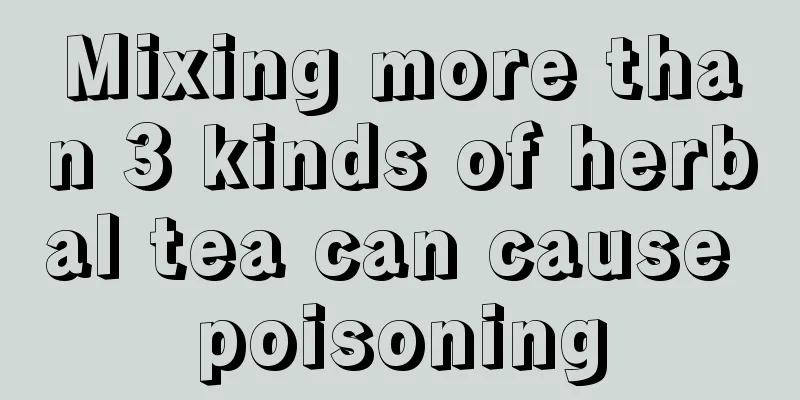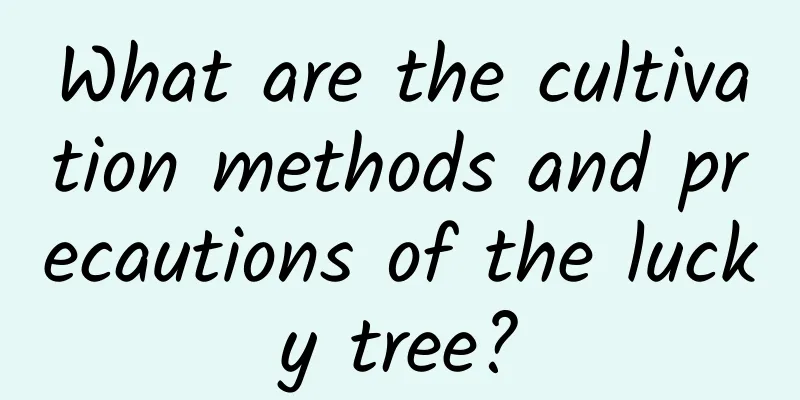What to do if petunia leaves turn yellow

Water and soilThe soil and water suitable for the growth of petunias are mainly slightly acidic. On the contrary, alkaline soil and water lack soluble iron and other elements that can be absorbed and utilized by petunias. Long-term insufficient absorption will cause the leaves to turn yellow. Therefore, pay attention to choosing slightly acidic soil and water when planting, and frequently water with alum fertilizer during the growth period. HumidityAbnormally dry indoor air is often an important reason for the occurrence of phenomena such as drying up of petunia leaf tips or scorching of leaf edges. At this time, you can use methods such as spraying water and covering with plastic film to increase the humidity of the indoor air. LightingToo little lightIf petunia grows in a shady environment with a lack of light for a long time, its branches and leaves will turn yellow, because petunia itself likes the sun and avoids the shade. (Too strong light) Of course, it is also a wrong practice to place petunias in a high temperature place and expose them to direct sunlight. This can easily cause the tips and edges of young leaves to burn, or the leaves to turn yellow and fall off. At this time, it should be moved to a well-ventilated, cool place for protection. FertilizationOverfertilizationExcessive fertilization will make the new leaves of petunias too thick and the surface will be uneven, and the old leaves will become dry, brown and fall off. Fertilizing must be stopped immediately to allow the excess fertilizer to be lost by increasing the amount of water changes, or the potting method should be used immediately to rinse the bulbs and then replant them in the original pot. Too little fertilizerIf petunias lack nitrogen fertilizer for a long time or the pots and water are not changed, the water will lack nitrogen and other nutrients, causing the petunias to grow weak and the leaves to be thin and yellow. It is necessary to gradually add dilute decomposed liquid fertilizer or compound flower fertilizer to the new culture water to make timely improvements. TemperatureTemperature is too lowToo low room temperature in winter increases the threat of cold damage. Petunias are easily affected by low temperatures and their leaves turn yellow. In severe cases, the plants may wither and die. Temperature is too highIf the indoor temperature is too high, the transpiration of the plant will be enhanced, resulting in a shortage of water and nutrients at the roots, which will also cause the leaves to turn yellow. Both situations must be resolved by timely adjusting the room temperature. Drug damageIf petunias are sprayed with excessive pesticides when treating diseases and pests, or are polluted by toxic gases in the atmosphere, or are watered with cold water when the temperature is too high, it is easy for the leaf tips or parts of the leaf surface to turn yellow and burn, and in severe cases the entire plant may die. Therefore, attention should be paid to the rational use of pesticides to minimize air pollution sources. At the same time, be careful to avoid watering the flowers with cold water when the temperature is too high in midsummer. Pests and diseasesPetunias may also be affected by leaf spot disease (caused by fungi and other pathogens), which can easily lead to local necrosis of the leaves, followed by the appearance of yellow spots or patches. If not diagnosed and treated in time, the entire leaf may even turn yellow and fall off. In addition, aphid infestation can cause yellow and green spots to appear on the leaves. PruningIf too much nitrogen fertilizer is applied, the petunia will become abnormally lush, and if there is a lack of timely pruning, the inner branches and leaves will not receive enough light, which can easily cause the leaves to turn yellow and fall off. At this time, the petunia should be fertilized and pruned reasonably to ensure ventilation and light transmission of the internal branches and leaves. |
<<: What is wrong with the leaves of the hosta turning yellow and soft?
>>: Why do wolfberry leaves turn yellow?
Recommend
How to graft a pear tree
Cleft grafting It is mainly carried out in spring...
How many years does it take for sugar apple to bear fruit?
Introduction to Custard Apple Planting Sugar appl...
Cultivation methods and precautions of creeping grass
Family farming methods soil Although creeping gra...
Can Vinca be hydroponically cultivated? Hydroponics cutting method
Can Vinca be hydroponically cultivated? Vinca can...
How to grow rough rib grass
1. Maintenance methods 1. Temperature: Thick-ribb...
Poplar growth environment conditions and characteristics
Poplar Growth Environment Conditions and Requirem...
What does the flowering of bougainvillea mean?
1. Flower language Bougainvillea is the national ...
Can potassium phosphite be mixed with trace elements (taboos for compound use of potassium phosphite)
Potassium phosphite is a high-quality phosphorus ...
Feng Shui Effects of Gerbera
Gerbera can promote women's love Feng Shui of...
Cultivation Techniques of Osmanthus fragrans Bonsai
How to make a bonsai of Guri Osmanthus fragrans T...
Wolfberry planting conditions and temperatures are suitable for planting areas
Wolfberry planting conditions Wolfberry likes a c...
Ganoderma lucidum cultivation conditions and breeding environment
Introduction to Lingzhi Ganoderma lucidum is also...
Lentil planting time and method
Lentil planting time Lentils are generally cultiv...
How to Eat Basil Seeds
Make a basil seed drink In fact, basil seeds can ...
How to make daffodils grow thicker instead of taller?
As one of the most common New Year flowers, daffo...









